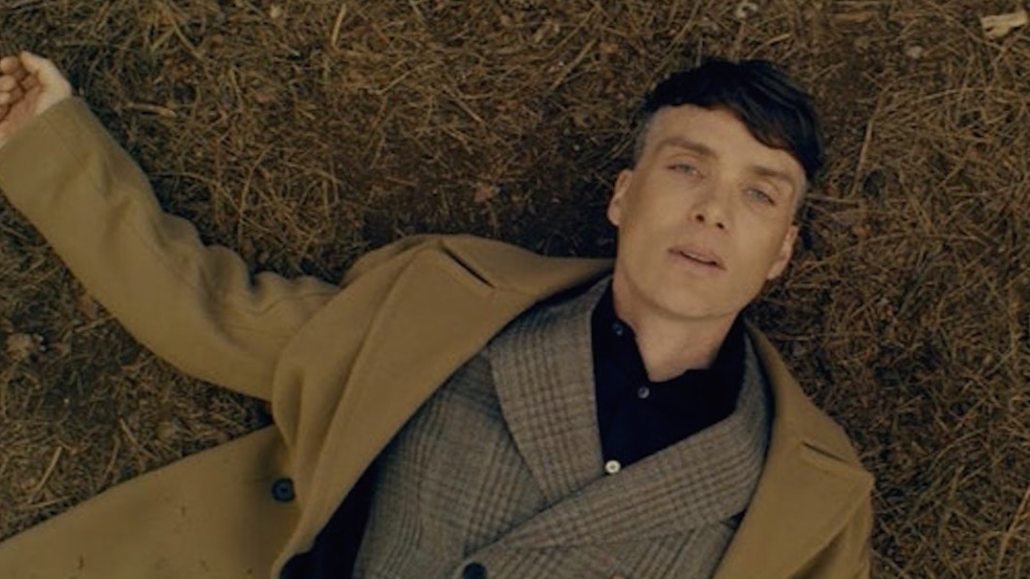
Luxury menswear has historically played second fiddle to womenswear, but the industry is showing vast gains that point to cultural shifts in the way men dress and experiment with style.
Menswear is forecasted to grow at a faster rate than womenswear over the next three years, with net gains of 2.3 percent and 2.2 percent respectively, according to data from retail analytics company Edited. Additionally, the menswear market is estimated to be valued at $33 billion by 2020, an increase of 14 percent from 2015.
The expansion of the market can largely be attributed to social media’s role in building visibility around men’s style, said Tammy Smulders, global managing director of LuxHub, a division of Havas Media Group. As an increasing number of men’s fashion influencers crop up in social feeds, fashion has become a growing interest for male consumers. At the same time, designers who previously only made women’s clothing have started trying their hand at men’s collections — including Stella McCartney, who debuted her first men’s styles in November 2016.
“Digital media and a constant stream of imagery of stylish iconic men — from successful entrepreneurs to funny YouTube personalities — have encouraged the socialization of men’s fashion,” Smulders said. “Social media and being ‘always on’ has made it so that everyday men have become more focussed on their look.”
Mobolaji Dawodu, fashion director of GQ Style, sharing a casual look on Instagram
Alexa Tonner, co-founder of influencer network Collectively, said that while fashion magazines tailored for men have long been hailed as arbiters of style, social platforms have allowed male shoppers to discover luxury apparel in new, innovative ways. Apps like Instagram present a more diverse array of perspectives than are accessible in major fashion publications, she said.
“Men who would have never bought an issue of GQ or Esquire are much more comfortable following style influencers on Instagram,” Tonner said. “Fashion magazines present a pretty rigid perspective on men’s style, and you’ve got a lot more variety on social media. Even in the luxury space, you’ve got bespoke tailoring and vintage timepieces, plus you’ve got limited-edition streetwear.”
While the market is undoubtedly expanding, growth is mostly in the casual wear sector, a reflection of the toned-down (versus business formal) ensembles of professionals, according to Jonathan Feinberg, chief men’s merchant at Givenchy. To meet increasing demand, price points across most apparel items have risen significantly in the last five years, but particularly among products like bomber jackets and sneakers. (The average price of a luxury menswear item is $232.29 across all categories, an uptick of 64 percent over the past five years, Edited data shows.)
“While the market is opening up, it’s opening up to the casual side,” Feinberg said at an event last week. “The way men are actually dressing — especially if they’re spending time in tech startups or professional environments outside of New York City — is sneakers, backpacks, T-shirts and sweatshirts.”
Tonner said social media has also helped perpetuate a culture of urgency, which has helped pave the way for luxury casual wear. Whereas suits and evening wear require an often lengthy and expensive tailoring process, high-end casual apparel is easier to obtain quickly without jumping through hoops.
“Social media rewards visual impact and immediacy which serves the world of higher-end streetwear really well,” Tonner said. “Traditional luxury is more understated and also requires patience: You’ve got to go to the tailor and then you’ve got to wait for that bespoke suit.”
Looking to the future, Smulders said examining the progression of the menswear industry in recent years shows the industry will continue to grow. As demand increases, so will investment in advertising and influencer marketing, leading to even greater visibility.
“Once the market for men’s really started to take off, men’s brands started to invest more in advertising and department stores increased their square footage in menswear departments, increasing the visibility of menswear brands,” she said. “Men, in turn, have responded by purchasing more fashionable clothing, and brands have further increased investment in the category.”
More in Marketing

With the rise of the chief AI officer, it’s time to examine ‘czar’ culture
Even if it’s a familiar pattern — hot new thing, new C-Suite exec to tackle said thing, a few years go by and that C-Suite position no longer exists as everyone is now doing said thing (or it was a fad that has since faded away) — does it make sense for businesses to continue to appoint new czars with every new trend?

Why Cava’s bid for brand awareness means prioritizing streaming ads
Fast-casual restaurant chain Cava has been in growth mode over the past year and is leaning into streaming ads in an effort to boost brand awareness.

A history of middle manager stress: The Return podcast, season 3, episode 1
In episode one, McKinsey partner Emily Field tells us more about why middle management is critically important to the workforce.









